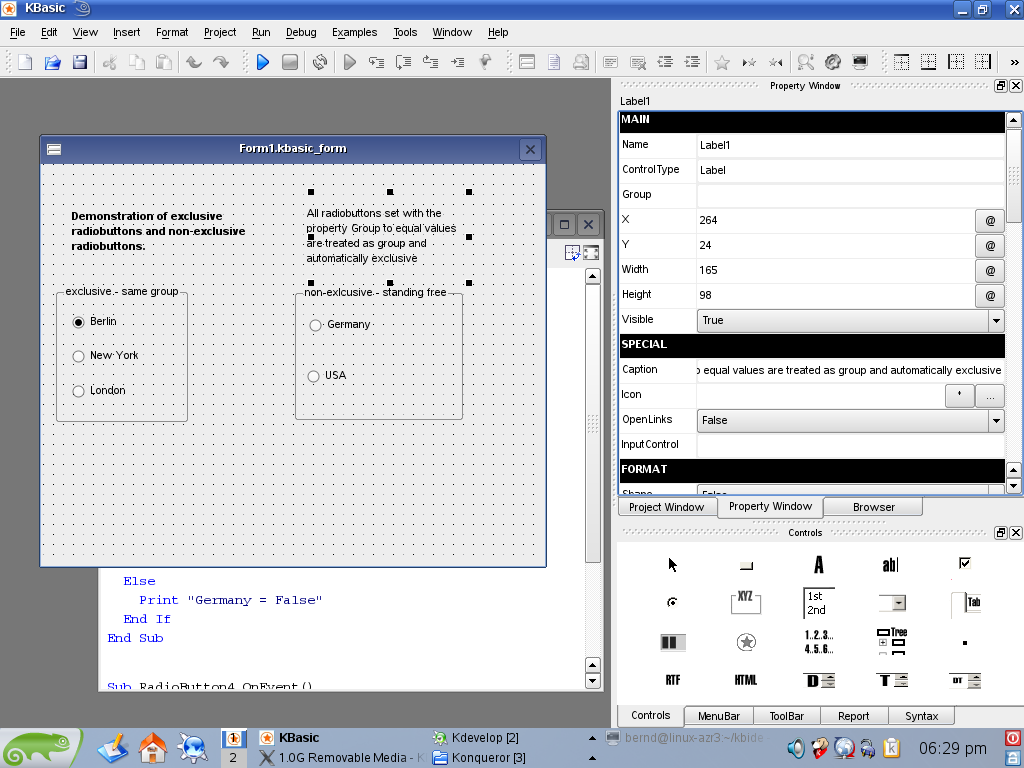Crowdsourcing describes a task which is delegated to a group of individuals. The group is typically quite large, with each member usually unknown to each other and only linked through their one common goal. Its a concept to share the work tasks between developers in various places to working together
Startup iPhone developer Inovaz has very recently used crowdsourcing for its upcoming title Aztec Odyssey. The indie developer has teamed up with music marketplace group Minimum Noise, and in doing so gained access to professional and aspiring musicians from around the world.
“You describe what you are looking for and set a budget,” explains Kristian Dupont, owner of Minimum Noise. “Producers who are interested will participate, and when you decide on a composition, you select that as the winner, transfer the money to the producer and receive the audio including the rights to usage.”
Looking at Inovaz’ Minimum Noise page, the developer offered $250 for the background music to just the first level of Aztec Odyssey, and described on the profile page how it was looking for a soundtrack that is “heavily influenced by tribal and indigenous American styles.”
Inovaz received over 25 submissions for the soundtrack and, depressingly, most of them sound good. It’s a sad state of affairs when $250’s worth of background music doesn’t sound too distant from ‘professional’ in-house productions at game studios. Killzone 2’s soundtrack was recorded live at Abbey Road Studios, and yet rarely is the game praised for its sophisticated sound.
But unlike Abbey Road Studios, with crowdsourcing you’re not paying serious amounts of money per hour. “We expect a usual fee for music to be around $100-$500,” says Dupont, “which should be realistic for most productions.”
However, the nature of the service and indeed the youth of the business has provided a few obstacles for Minimum Noise. “First of all, there is the entire licensing model to consider,” says Dupont. “Right now, we insist that producers transfer all rights to the project owner, but we will expand to other options as this is not feasible for all.”
“Furthermore, there is the risk of producers contributing something that they did not make themselves,” he says, before adding that this is still a risk when purchasing any kind of media in the first place.
“We hope that the community will watch out for scammers and report to us. Other than that, we are watching everything closely and listening to our users all the time.”
Source:http://www.develop-online.net
Monday, July 6, 2009
Cross-platform BASIC PureBasic and KBasic

A good solution for a cross platform game developer, this two programming language offers the freedom to create your game from various kinds of platforms.
PureBasic is a cross-platform, procedural BASIC language with game support and 3D features built on top of Ogre 3D. It features a powerful native IDE and debugger, built-in arrays, dynamically linked lists, complex structures,
pointers and variable definitions MacOS X API functions are also supported. KBasic is a powerful programming language, which is simply intuitive and fast easy to learn and above all already familiarly, represents KBasic
developed for Linux, Mac OS X and Windows a further bridge between Linux, Mac OS X and Windows.

KBasic a new programming language, a further basic dialect, is related to Visual Basic 6 and Java. More exactly said KBasic is an object-oriented and event-controlled programming language,
developed by KBasic Software (http://www.kbasic.com), is particularly designed for Windows, Mac OS X and Linux.
KBasic is a multi-platform programming language, so almost the entire API is the same on all platforms and window systems. KBasic is a easy-usable, object-oriented, interpreted, stable, platform-independent, fast and modern programming language.
Source:http://www.idevgames.com
Subscribe to:
Comments (Atom)
